|
Adelaide's Warbler Dendroica adelaidae Reinita Mariposera,
|
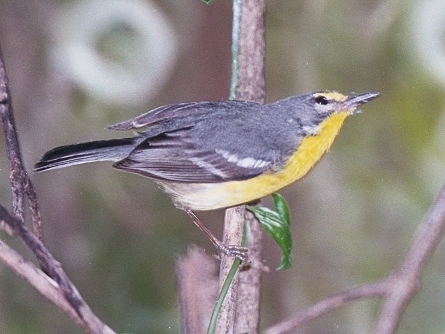 |
|
Photo: M. Oberle
|
|
Adelaide's Warbler Dendroica adelaidae Reinita Mariposera,
|
 |
|
Photo: M. Oberle
|
|
IDENTIFICATION: A gray-backed warbler with a yellow breast and throat. It has a yellow and white line above the eye, and a white or yellow crescent below the eye. Length: 12 cm.; weight: 7 g. The species was named after Adelaide Swift, the daughter of Robert Swift, who collected the initial ("type") specimen for the Smithsonian Institution. A number of other warbler species are named after female friends or relatives of taxonomists and collectors---or their financial sponsors. VOICE: The call is a sharp, loud "chik", and the song is a sudden, ascending or descending trill. Audio 4 (M. Oberle). It sings energetically into late morning, when most other species have quieted down, and often sings at any time of year. HABITAT: Dry, lowland forests and some moist forest areas, with tangles of vines and thickets, especially in the southwest and the northern limestone hills. HABITS: Adelaide’s Warbler gleans insects at middle and higher levels of the forest. Prey includes lantern flies, grasshoppers, caterpillars, stink bugs, flies, weevils, other beetles, spiders, and rarely small frogs. It often travels in mixed-species flocks, including todies, vireos, and migrant warblers from North America. Its nest is a cup placed 3-20 feet high in a tree or shrub, and contains 2-4 white eggs with brown spots. STATUS AND CONSERVATION: Endemic. A common species except at higher elevations and in eastern Puerto Rico. RANGE: Endemic to Puerto Rico and Vieques. Typical locations to find this bird are at Guánica and Vega State Forests and on the trails near the visitor center at Cabo Rojo National Wildlife Refuge. TAXONOMY: PASSERIFORMES; PARULIDAE. Adelaide’s Warbler was formerly lumped with related species on Barbuda and St. Lucia. Those islands are 210 and 350 miles, respectively, from Puerto Rico. Taxonomists recently split the complex into three species based on variations in plumage and song. Genetic studies suggest that the populations on the three islands have been separated from each other for many millenia. The other islands’ species are now called the Barbuda Warbler (Dendroica subita) and the St. Lucia Warbler (Dendroica delicata ). |
|
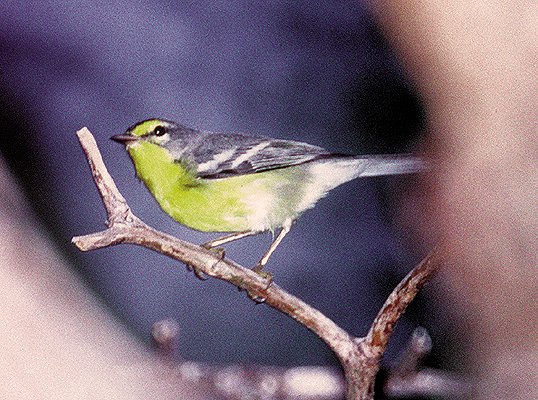 |
|
|
Photo: M. Oberle
|
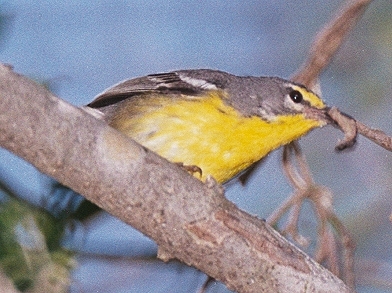 |
|
|
Photo: M. Oberle
|
 |
|
|
Photo: M. Oberle
|
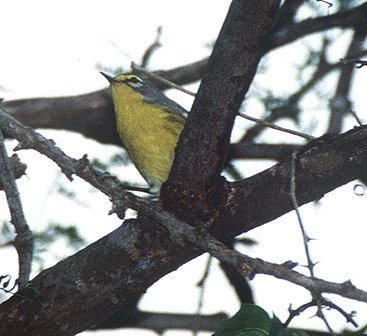 |
|
|
Photo: G. Beaton
|
 |
|
|
Photo: M. Oberle
|
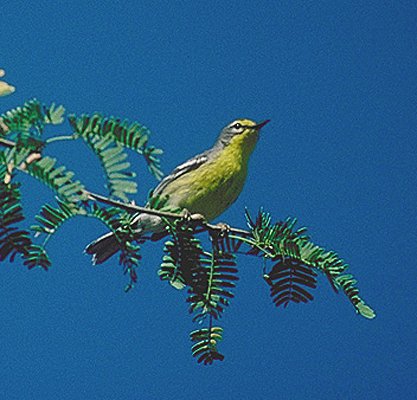 |
|
|
Photo: L. Miranda
|
 |
|
|
Photo: G. Beaton
|
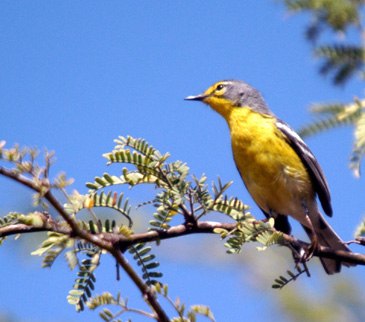 |
|
Photo: A. Iñigo
|
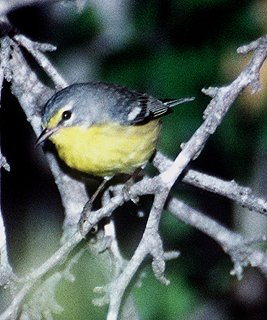 |
|
|
Photo: G. Beaton
|
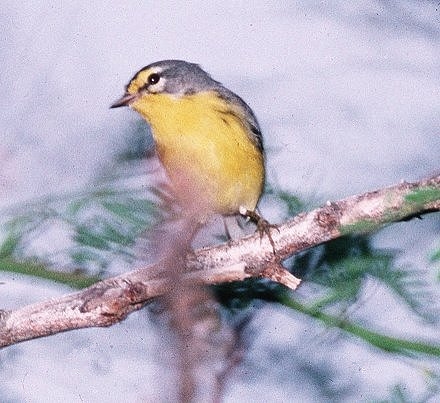 |
|
|
Photo: M. Oberle
|
 |
|
|
Photo: M. Oberle
|
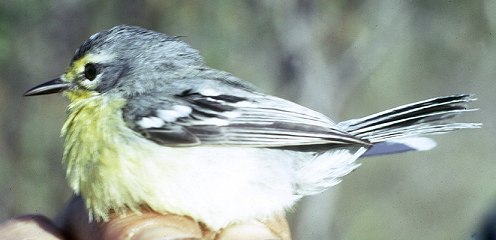 |
|
Photo: J. Faaborg*
|
 |
|
Photo: W. Arendt*
|
|
References Cruz, A. and C. A. Delannoy. 1984. Ecology of the Elfin Woods Warbler (Dendroica angelae) I. Distribution, habitat usage, and population densities. Carib. J. Sci. 20:89-96. Curson, J., D. Quinn, and D. Beadle. 1994. Warblers of the Americas: an identification guide. Houghton Mifflin, NY. Lovette, I.J. and E. Bermingham. 1999. Explosive speciation in the New World Dendroica warblers. Proc. Royal Soc. of London Series B 266:1629-1636. Lovette, I.J., E. Bermingham, G. Seutin, and R.E. Ricklefs. 1998. Evolutionary differentiation in three endemic West Indian warblers. Auk 115:890-903. Lovette, I. J. and E. Bermingham. 2001. Mitochondrial perspective on the phylogenetic relationships of Parula wood-warblers. Auk 118(1):211-215. Raffaele, H.A. 1989. A guide to the birds of Puerto Rico and the Virgin Islands. Princeton. Raffaele, H.A. 1989. Una guía a las aves de Puerto Rico y las Islas Vírgenes. Publishing Resources, Inc., Santurce, PR. Raffaele, H.A., J.W. Wiley, O.H. Garrido, A.R. Keith, and J.I. Raffaele. 1998. Guide to the birds of the West Indies. Princeton. Rickelfs, R.E. and E. Bermingham. 1997. Molecular phylogenetics and conservation of Caribbean birds. El Pitirre 10(3):85-92. Adelaide's Warbler, Spanish text Next endemic species in taxonomic order Previous endemic species in taxonomic order |
|